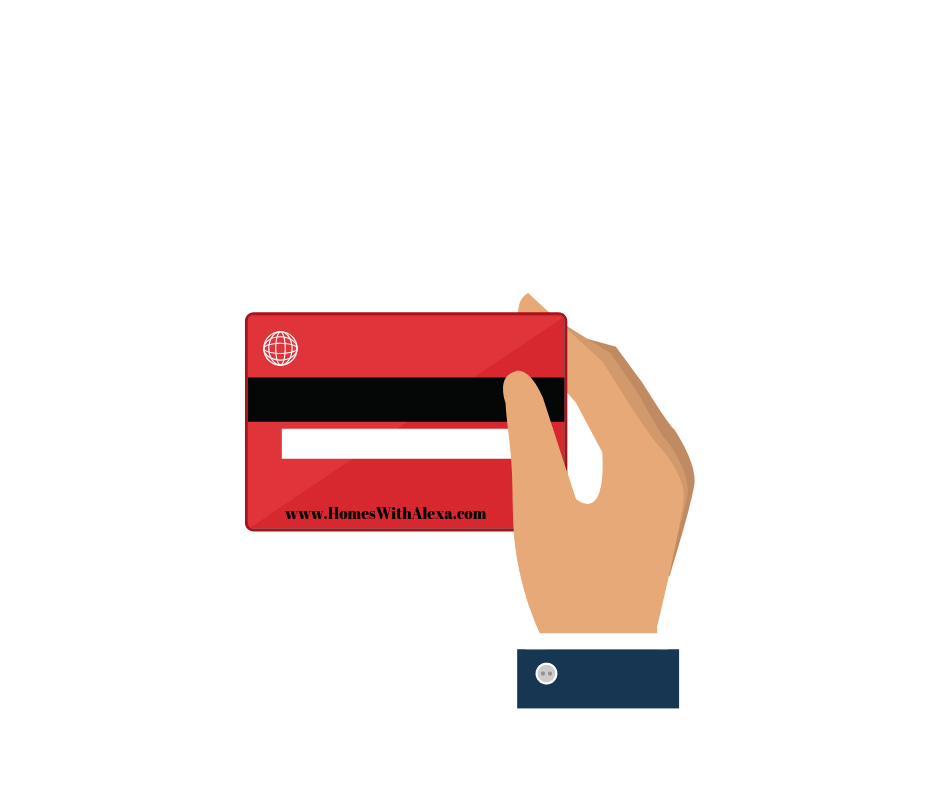A credit score significantly determines the terms of your loans and whether you can afford these loans or not. Credit scores are used in evaluating a range of loans such as personal loans, car loans, and home mortgages, so credit scores are equally important for both renters and homeowners.
Your credit score will determine how much you can borrow and the length of your repayment. The higher the credit score, the better the rate on your loan, and the lower the monthly payment.
Because a credit score is a critical determinant of your ability to secure a loan at a low rate, it is important to understand what factors determine your credit score. Knowing what determines your credit score will then help you plan for and work towards improving your credit score. This is all part gaining financial literacy.
Factors Affecting FICO Credit Score
FICO scores range from 300 to 850 with the higher number being the better score and the lower figure representing a higher risk for the loan. When you take a loan, the bank has to assess the possibility of repayment and determine the risk for the loan. Factors that affect the scores are credit card debt, student loan debt, payment history, bankruptcy and foreclosures. Personal or demographic information such as age, race, address, marital status, income and employment do not affect credit scores. Typically, Equifax, Experian, and Transunion run your score and of the three scores, the middle score is what consumers go by.
Data from your credit report goes into five major categories that make up a FICO score. The scoring model evaluates some factors more heavily, such as debt owed and payment history.
Payment history: (35 percent) — Your account payment information, including any delinquencies and public records. Your ability to make payments on time.
Amounts owed: (30 percent) — How much you owe on your accounts. The amount of available credit you are using on revolving accounts is heavily weighted.
Length of credit history: (15 percent) — How long ago you opened accounts and time since account opened.
Types of credit used: (10 percent) — The mix of accounts you have, such as revolving and installment. This would include credit card debt as well as student loans or mortgage payments.
New credit: (10 percent) — Your pursuit of new credit, including credit inquiries and number of recently opened accounts. This includes secured and unsecured credit cards.
By: Michael Hyman





